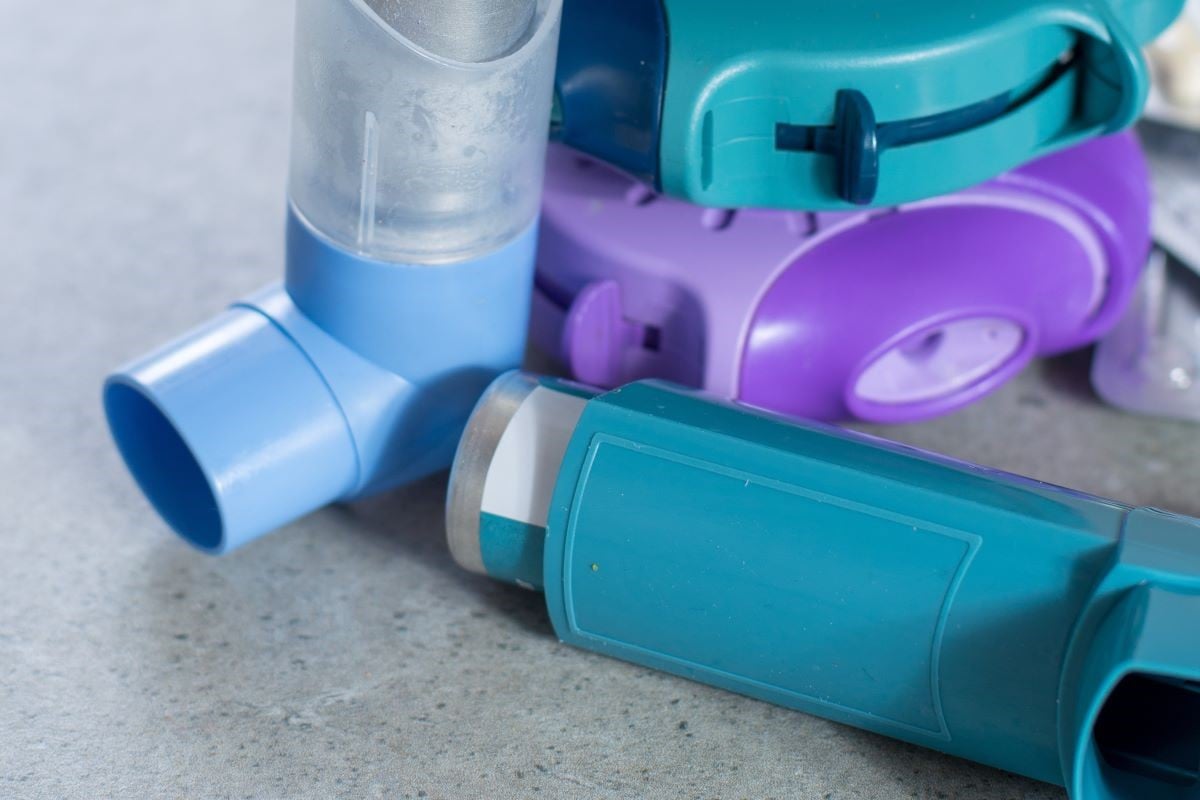Budesonide-glycopyrrolate-formoterol does not improve clinical outcomes compared with fluticasone-umeclidinium-vilanterol
By Elana Gotkine HealthDay Reporter
FRIDAY, Jan. 3, 2025 (HealthDay News) — For patients with chronic obstructive pulmonary disease (COPD), budesonide-glycopyrrolate-formoterol does not improve clinical outcomes compared with fluticasone-umeclidinium-vilanterol, according to a study published online Dec. 30 in The BMJ.
William B. Feldman, M.D., M.P.H., from Brigham and Women’s Hospital in Boston, and colleagues compared the effectiveness and safety of budesonide-glycopyrrolate-formoterol, a twice-daily metered dose inhaler, and fluticasone-umeclidinium-vilanterol, a once-daily dry powder inhaler for treatment of COPD in routine clinical practice in a new-user, 1:1 propensity score-matched cohort study. The study included 20,388 propensity score-matched pairs of new users.
The researchers found that the incidence of a first moderate or severe COPD exacerbation was higher in patients who received budesonide-glycopyrrolate-formoterol (hazard ratio, 1.09; 95 percent confidence interval, 1.04 to 1.14; number needed to harm, 38) compared with those who received fluticasone-umeclidinium-vilanterol, while the incidence of first admission to hospital with pneumonia was identical between the groups (hazard ratio, 1.00; 95 percent confidence interval, 0.19 to 1.10). Those receiving budesonide-glycopyrrolate-formoterol compared with fluticasone-umeclidinium-vilanterol had a higher risk for a first moderate COPD exacerbation (hazard ratio, 1.07; 95 percent confidence interval, 1.02 to 1.12 ; number needed to harm, 54) and for a first severe COPD exacerbation (hazard ratio, 1.29; 95 percent confidence interval, 1.12 to 1.48; number needed to harm, 97). Similar findings were seen in prespecified sensitivity analyses.
“Our study may provide reassurance to health systems seeking to decrease greenhouse gas emissions by reducing use of metered dose inhalers, because the single-inhaler triple therapy with the lower carbon footprint (the dry powder inhaler, fluticasone-umeclidinium-vilanterol) was also associated with slightly improved clinical outcomes,” the authors write.
Several authors disclosed ties to the pharmaceutical and health information technology industries.
Editorial (subscription or payment may be required)
Copyright © 2025 HealthDay. All rights reserved.








